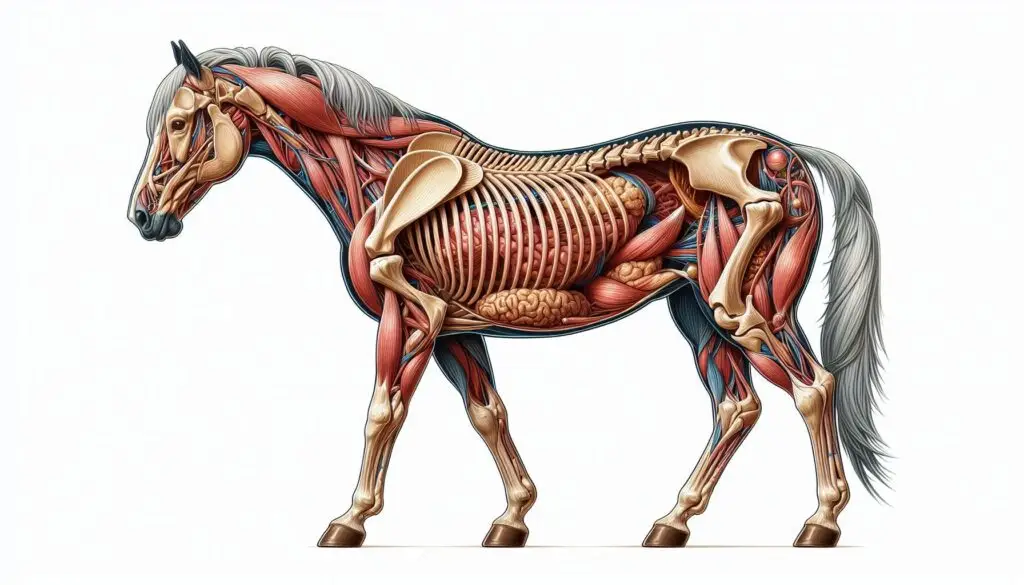The Importance of Herd Recording in Livestock Management

Herd recording is a fundamental practice in livestock management. It involves systematically documenting various aspects of animal performance, health, and breeding. This article explores the purposes and significance of herd recording, highlighting its benefits for farmers and the livestock industry as a whole.
Understanding Herd Recording
What is Herd Recording?
Herd recording encompasses the collection and analysis of data related to livestock. This includes information on breeding, health, production, and overall management. Farmers use these records to make informed decisions that improve herd performance and profitability.
Why is Herd Recording Important?
Herd recording is important for several reasons. It helps farmers track individual animal performance, manage herd health, and make strategic breeding decisions. Additionally, it supports compliance with regulations and contributes to research efforts aimed at improving livestock production systems.
Benefits of Herd Recording
1. Genetic Improvement
One of the primary purposes of herd recording is to facilitate genetic improvement. By maintaining detailed records of individual animals, farmers can select the best breeding stock based on desirable traits. This process enhances genetic diversity and improves overall herd quality.
How Genetic Improvement Works
Farmers analyze performance data to identify animals with superior traits such as high milk yield or rapid growth rates. For instance, organizations like Dairy Australia provide resources for understanding genetic selection in dairy cattle. By utilizing these resources, farmers can make informed breeding decisions that lead to healthier and more productive herds.
2. Enhanced Management Decisions
Accurate herd records enable better management decisions. Farmers can track key performance indicators such as fertility rates, calving intervals, and feed efficiency. This information is crucial for optimizing resources and maximizing productivity.
Making Informed Decisions
For example, if a farmer notices a decline in fertility rates through their records, they can investigate potential causes such as nutrition or health issues. Resources like Beef Cattle Research Council offer insights into improving reproductive performance based on recorded data.
3. Financial Planning and Profitability
Herd recording plays a vital role in financial planning. Detailed records help farmers analyze costs associated with feed, veterinary care, and labor. By understanding these expenses, farmers can make better financial decisions.
Cost Analysis
For instance, if a farmer tracks feed costs against milk production data from their herd records, they can determine which feeding strategies yield the best return on investment. Websites like Farm Credit Canada provide tools for financial analysis that can complement herd recording efforts.
4. Disease Management
Maintaining thorough health records allows for early detection of diseases within the herd. By tracking health issues and treatment outcomes, farmers can identify trends that may indicate underlying problems affecting productivity.
Proactive Health Management
For example, if multiple animals show signs of illness, a farmer can quickly respond by consulting veterinary resources or adjusting management practices. Organizations such as American Association of Bovine Practitioners offer valuable information on disease prevention and management strategies.
5. Compliance with Regulations
In many regions, herd recording is necessary for compliance with government regulations regarding animal health and welfare. Accurate records ensure that farmers meet legal requirements while also providing data for agricultural extensions and research initiatives.
Regulatory Compliance
Farmers must often report on animal health status or production metrics to regulatory bodies. Resources like USDA Animal Health provide guidelines that help farmers understand their obligations regarding herd records.
6. Benchmarking Performance Against Industry Standards
Herd records allow farmers to compare their performance against industry standards or peer operations. By analyzing production metrics such as milk yield per cow or feed conversion rates, farmers can identify areas for improvement.
Continuous Improvement
For instance, if a farmer’s milk yield per cow is below the industry average, they can investigate potential causes through their records and implement changes accordingly. The National Milk Producers Federation offers benchmarking tools that can assist farmers in this process.
7. Supporting Research and Development
Data collected through herd recording contributes to broader agricultural research efforts aimed at improving livestock production systems. Insights gained from monitoring various herds inform development programs that address specific challenges faced by different farming systems.
Research Contributions
Organizations like The Livestock Conservancy rely on data from herds to promote sustainable practices and preserve genetic diversity within livestock populations.
Implementing Effective Herd Recording Practices
1. Choose the Right Tools
Selecting appropriate tools for herd recording is essential for success. Many software solutions are available that simplify data entry and analysis. Tools like CattleMax offer user-friendly interfaces for tracking animal performance efficiently.
2. Train Staff on Data Entry
Proper training ensures accurate data entry by all staff members involved in herd management. Regular training sessions help maintain consistency in record-keeping practices across the farm.
3. Regularly Review Records
Farmers should regularly review their herd records to identify trends and make informed decisions promptly. Setting aside time each month for this review can lead to significant improvements in herd management.
4. Engage with Industry Resources
Farmers should take advantage of industry resources available through agricultural organizations and universities. These resources often provide valuable insights into best practices for herd recording and management.
Conclusion
Herd recording is an invaluable practice in livestock management that offers numerous benefits ranging from genetic improvement to financial planning and disease management. By maintaining accurate records, farmers can make informed decisions that enhance productivity and profitability while ensuring compliance with regulations.
More from Livestock Production and Management:
https://wiseias.com/starting-a-dairy-farm/
https://wiseias.com/dairy-farming-economics-mixed-vs-specialized-systems/






Responses